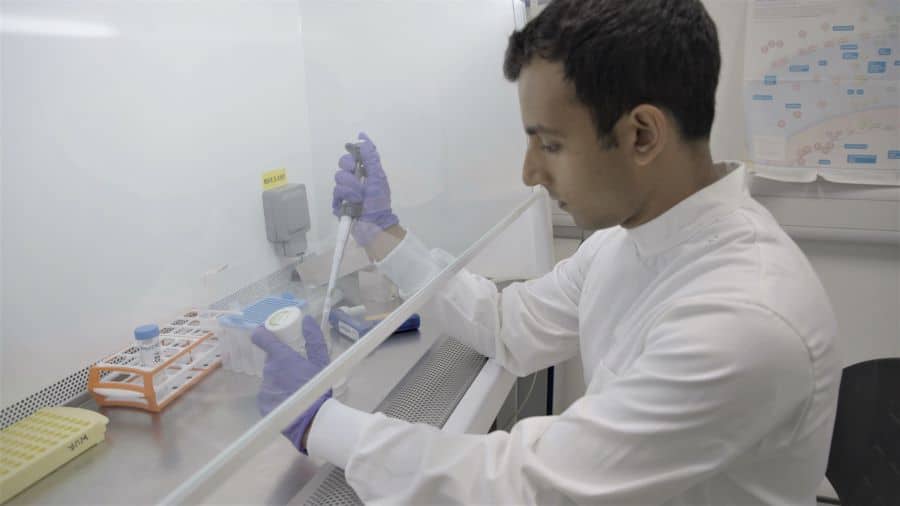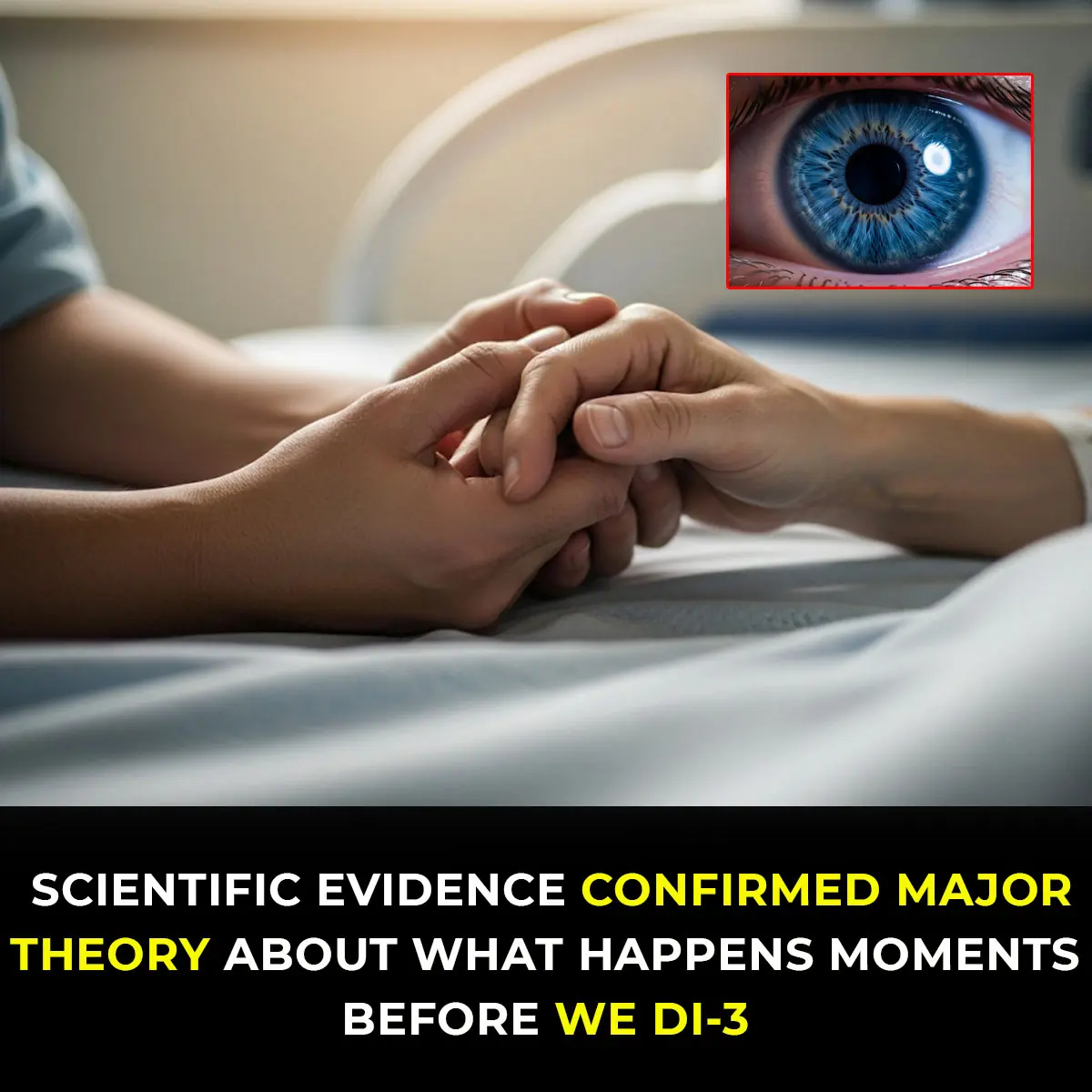
Scientists Reverse Aging of a 53-Year-Old’s Skin Cells to That of a 23

In a groundbreaking development in the field of regenerative medicine, researchers at the Babraham Institute in Cambridge have successfully rejuvenated the skin cells of a 53-year-old woman, making them biologically comparable to those of a 23-year-old. This pioneering research not only sheds light on the intricate mechanisms of aging but also presents compelling possibilities for future therapeutic strategies aimed at tissue regeneration and age-related disease management.
Skin Cells Reimagined: A Leap Forward in Cellular Reprogramming
The study’s foundation builds upon the Nobel Prize-winning work of Japanese scientist Shinya Yamanaka, who in 2006 discovered that adult cells could be reprogrammed into a pluripotent state. By introducing four specific transcription factors—later termed Yamanaka factors—he demonstrated that mature, specialized cells could revert to an embryonic-like state, capable of transforming into any other type of cell in the human body. This revolutionary discovery reshaped the landscape of stem cell research and opened new horizons in personalized medicine.
At the Babraham Institute, molecular biologist Dr. Wolf Reik, postdoctoral researcher Dr. Diljeet Gill, and their dedicated team sought to refine and improve this reprogramming technique. Unlike the traditional 50-day process, which entirely resets a cell’s identity, the team limited exposure to the Yamanaka factors to just 13 days. This partial reprogramming allowed the cells to retain their original identity as skin cells while significantly reversing the molecular markers of aging.
After treatment, the cells resumed their normal function but with enhanced characteristics—most notably, they mirrored the biological behavior of cells from a person three decades younger. This included increased collagen production, improved wound healing, and a youthful gene expression profile. These findings suggest the possibility of not just halting aging, but potentially reversing some of its key cellular effects.
Aging Reversed? Exploring the Implications for Medicine and Beyond

Collagen, the protein largely responsible for maintaining skin’s structure and elasticity, naturally declines as we age, leading to wrinkles, sagging, and other signs of aging. By restoring the cells’ ability to produce collagen at youthful levels, the researchers demonstrated that some age-related deterioration can, at least partially, be reversed. This revelation challenges the long-held belief that aging is a one-way biological journey.
The implications go far beyond cosmetic benefits. The ability to reverse cellular aging could pave the way for new treatments for a range of conditions including arthritis, cardiovascular disease, and neurodegenerative disorders. It also suggests a future where the healthspan—the number of years we live in good health—can be extended significantly.
Excitement, Skepticism, and Ethical Questions
The announcement of this breakthrough sparked immediate interest from the public, medical experts, and industries tied to aging and wellness. Social media buzzed with excitement, with many viewing the research as a first real step toward the elusive dream of slowing or even stopping aging. The cosmetic and pharmaceutical industries are also closely monitoring the development, recognizing its massive commercial and medical potential.
However, scientists and clinicians are quick to urge caution. Dermatologists and experts in regenerative medicine emphasize that while the laboratory results are promising, the real-world application of this technology is still a long way off. Extensive clinical trials will be required to evaluate long-term safety, efficacy, and potential unintended consequences.
One major concern lies in the risk of genetic instability. Reprogramming cells—even partially—could trigger abnormal behavior, including uncontrolled growth or cancer. As with any powerful scientific advancement, the ethical and medical frameworks surrounding its use must evolve in tandem.
The Road Ahead: Promise with Prudence
Although the clinical use of this reprogramming technique is still likely years away, the study represents a major stride toward unlocking the mysteries of aging. The Babraham Institute’s work has opened a new chapter in our understanding of cellular biology and offers hope that age-related degeneration may one day be treated at its root cause—within our very cells.
Future research will likely explore how this process could be adapted for other cell types and tissues, potentially leading to breakthroughs in organ regeneration, immune system revitalization, and even treatment of age-linked cognitive decline. If proven safe and effective, such therapies could redefine modern medicine and what it means to grow older.
As researchers continue to explore the delicate balance between rejuvenation and risk, one thing is clear: we are entering an era where aging may no longer be seen as inevitable, but as a process that science can understand, influence, and perhaps even reverse.
News in the same category


Five US States Brace for Deadly Airborne Fungus That Destroys Human Tissue

Why the Hotel Bathtub is the Safest Spot to Put Your Luggage

Tips for Selecting Fresh Pork at the Market

The Purpose of the Small Pocket in Women’s Underwear

Bridezilla Demands Late Mom’s Wedding Dress After $10K Gift

Elon Musk Says He’s a 3,000-Year-Old Time-Traveling Alien Who Is Trying to Return to His Home Planet

An Underwater Volcano the Size of a City is Ready to Erupt

Billionaire Invited Ex-Wife to His Wedding to Show Off, Shocked When She Arrives with Secret Twins

Study reveals average penis size across US states and exposes who is exaggerating

Break-up coach reveals three clear signs that mean a relationship is over

“Meet K2-18b: The Distant Ocean World That Could Host Alien Life”

Neuroscience Says: Listening to This Song Reduces Anxiety by Up to 65%. Hear It Yourself

Scientists Confirm Brain’s ‘Life-Flash’ Surge Just Before Death

Here’s What It Really Means When A Man Turns His Back In Bed

Could Psilocybin Be the Secret To Living Longer? Scientists Think So.

You Should Never Ignore These 9 Things Your Fingernails Reveal About Your Health

What You See First In This Weird Optical Illusion Reveals What Kind Of Lover You Are
Optical illusions can do more than just play tricks on your mind — they can reveal hidden aspects of your personality, including how you express love. In this unique test, the first image you notice will uncover your deepest romantic traits and the way

Beekeeper Sets Bees Loose on Police That Pulled Him Over for Traffic Stop
News Post

Proven Inflammatory Foods to Avoid According to Science

A Quiet Act of Kindness That Restored My Faith in Humanity.

Proven Health Benefits of Matcha Green Tea: Weight Loss, Cancer and More (Evidence Based)

A Boy Named Shayden Just Wanted One Thing: A Friend — Can We Help?

Waking Up with Numb or Tingling Hands: What It Really Means (Science Based)

My MIL Kicked My 6-Year-Old Daughter Out of My Nephew’s 7th Birthday Party – When I Found Out Why, I Had to Teach Her a Lesson

One Day My FIL Snapped, 'Did You Forget Whose House You're Living In?' — I Felt Humiliated and Had to Str!ke Back

Amazon's forgotten $500,000,000 deal that 'killed' Toys 'R' Us in 'cruel' move

The real reason why nobody has ever found human remains inside the Titanic wreckage

My Parents Kicked Me Out for Refusing to Attend Their Dream College — Five Years Later, They Got a Lesson They’ll Never Forget

I Thought My Daughter Was Just Going Through a Phase, but Her Journal Exposed a Truth I Wasn't Ready for – Story of the Day

Thyroid Gland: How to Balance Its Hormones

Gluten Intolerance Warning: Eczema and Other Hidden Signs Revealed

Your Body Is Begging You to Notice These High Blood Sugar Warnings

Research Reveals 12 Powerful Foods to Boost Your Brain, Improve Memory, and Make You Smarter

The Dog Who Never Ran Away Again.

Officer’s Quick Fix Turns Routine Call into a Viral Moment of Kindness.

My son brought a psychiatrist home to have me declared legally incompetent.
